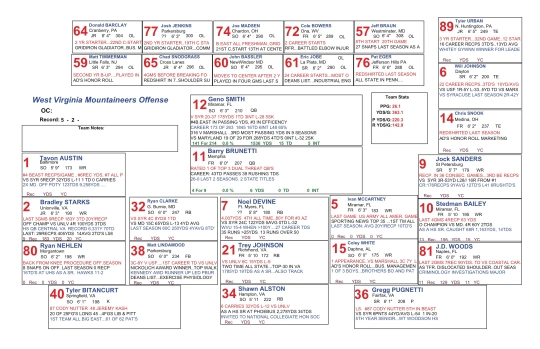Podcast – July 18, 2017 – Sean Aronson
Sean Aronson, Ballpark Digest’s 2016 Broadcaster of the Year, discusses giving back to the industry, research and integration methods, and affiliated baseball versus independent baseball.

Sean Aronson, Ballpark Digest’s 2016 Broadcaster of the Year, discusses giving back to the industry, research and integration methods, and affiliated baseball versus independent baseball.
A quality broadcaster needs to be objective. We fleshed this out considerably in our discussions on accuracy and quality of information. A broadcaster’s job is to provide relevant and substantial information in an accurate and timely manner to those who cannot see the game with their own eyes.
“Objective” is defined as “(of a person or their judgment) not influenced by personal feelings or opinions in considering and representing facts.”
The operative word is “facts.”
A baseball announcer can fulfull their responsibility of being objective simply by providing the listener with accurate and relevant facts.
Unfortunately, there are too many instances where baseball broadcasters (at all levels) conflate being “objective” with being “negative.”
Similarly, there are too many cases where baseball broadcasters (at all levels) possess a misinformed belief that being “objective” and being “positive” are somehow mutually exclusive.
Make no mistake–you cannot lie to the listener. If a batter pops out to shallow center field, you can’t make it sound like the ball carried to the warning track and almost left the yard. On the other hand, injecting derisive commentary into your broadcast just because a team or player happens to be scuffling is equally wrong, and crosses the line between telling the truth and being outright negative.
A spotting board can be a tremendous resource for broadcasters of any sport. One of the core concepts we drove home in our discussion about broadcast structure was organizing and consolidating as much information into as few sheets of paper as possible. The more you consolidate in advance, the less time you’ll spend looking for the information during the actual broadcast. Spotting boards might be the poster child for structure and consolidation in sports broadcasting.
If you’re unfamiliar with the term, a “spotting board” is essentially a hyper-detailed version of a team’s roster. A spotting board includes relevant statistical and biographical information for each player in addition to the “names and numbers” found on a traditional roster. By consolidating information for every player on a single sheet, spotting boards assist the broadcaster in delivering high-quality information to the listener in a timely manner. They are especially useful in sports like football, hockey, and basketball where the players on the field/ice/court are often in motion at the same time and moving in different directions. Football spotting boards usually resemble a traditional “formation,” and organize the players by position. This helps the broadcaster visualize the location of a player on the field, and really comes in handy when trying to identify who executed a key block or tackle. Hockey spotting boards are generally organized by line or defensive pairing, and as a result, are commonly referred to as “line charts.” Below is an example of a football spotting board.

Interestingly, there are very few spotting boards designed for baseball. I’m not sure if this has to do with the natural pace of the game versus other sports (baseball lends more time in between plays to consult non-spotting board resources), the fact that the players generally stay in the same area versus other sports, or the mere presence of a scorebook (baseball is the only sport where the broadcaster can sequentially document every play while still calling the game, so a scorebook serves as something of a “real time” spotting board). I’ve seen plenty of baseball broadcasters utilize portions of the game notes pertaining to the starting pitchers, the hitters, or the bullpens. They serve the same purpose, but aren’t necessarily true spotting boards, because they span multiple pages.